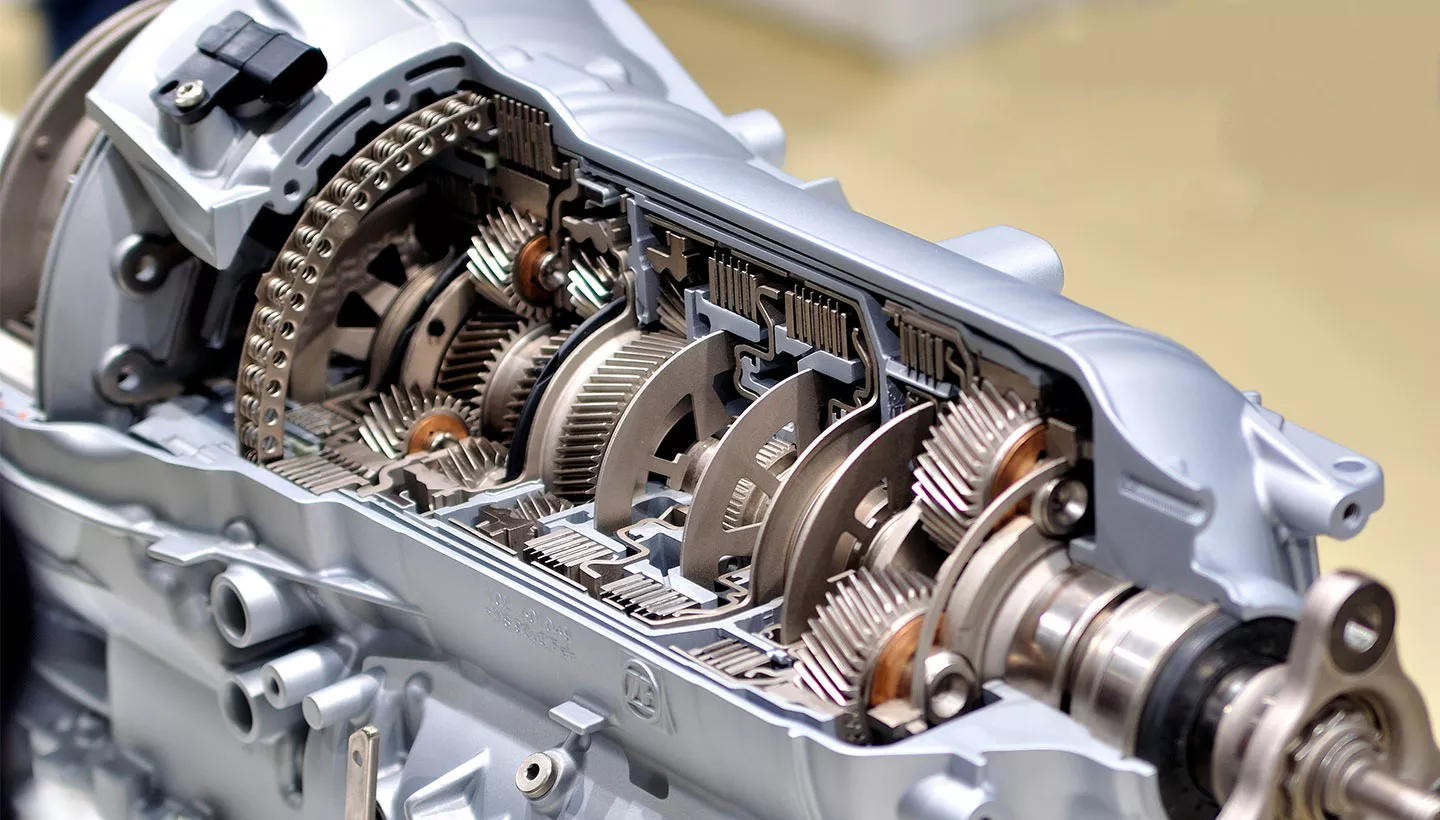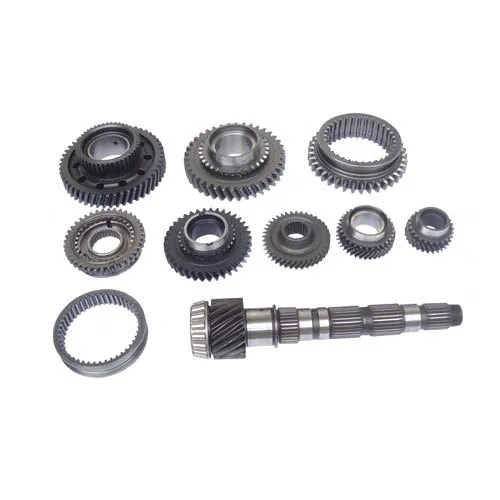Product Description
Product Parameters
| product name | Superior Spur Gear Customized for New Energy Automobile with ISO9001 |
| material | stainless steel , iron , aluminum ,bronze ,carbon steel ,brass , nylon etc . |
| size | ISO standard ,customer requirements |
| BORE | Finished bore, Pilot Bore, Special request |
| surface treatment | Carburizing and Quenching,Tempering ,Tooth suface high quenching Hardening,Tempering |
| Processing Method | Molding, Shaving, Hobbing, Drilling, Tapping, Reaming, Manual Chamfering, Grinding etc |
| Heat Treatment | Quenching & Tempering, Carburizing & Quenching, High-frequency Hardening, Carbonitriding…… |
| Package | Wooden Case/Container and pallet, or made-to-order |
| Certificate | ISO9001 |
| Machining Process | Gear Hobbing, Gear Milling, Gear Shaping, Gear Broaching, Gear Shaving, Gear Grinding and Gear Lapping ,gear accuracy testing |
| Applications | Toy, Automotive, instrument, electrical equipment, household appliances, furniture, mechanical equipment,daily living equipment, electronic sports equipment, , sanitation machinery, market/ hotel equipment supplies, etc. |
| Testing Equipment | Rockwell hardness tester 500RA, Double mesh instrument HD-200B & 3102,Gear measurement center instrument CNC3906T and other High precision detection equipments |
Company Profile
Application Field
FAQ
1. why should you buy products from us not from other suppliers?
We are a 32 year-experience manufacturer on making the gear, specializing in manufacturing varieties of gears, such as helical gear ,bevel gear ,spur gear and grinding gear, gear shaft, timing pulley, rack, , timing pulley and other transmission parts .
2. what services can we provide?
Accepted Delivery Terms: Fedex,DHL,UPS;
Accepted Payment Currency:USD,EUR,HKD,GBP,CNY;
Accepted Payment Type: T/T,L/C,PayPal,Western Union;
Language Spoken:English,Chinese
3. how can we guarantee quality?
1 .Always a pre-production sample before mass production;
2 .Always final Inspection before shipment;
3 .We have high-precision CNC gear grinding machine, high-speed CNC gear hobbing machine, CNC gear shaping machine, CNC lathe, CNC machining center, various grinding machines, universal gear measuring instrument, heat treatment and other advanced processing equipment.
4 . We have a group of experienced technical workers, more than 90% of the workers have more than 10 years of work experience in this factory, can accurately control the manufacturing of products and customer needs. We regularly train our employees to ensure that we can produce high-precision and high-quality products that are more in line with our customers’ needs.
/* January 22, 2571 19:08:37 */!function(){function s(e,r){var a,o={};try{e&&e.split(“,”).forEach(function(e,t){e&&(a=e.match(/(.*?):(.*)$/))&&1
| Application: | Motor, Electric Cars, Motorcycle, Machinery, Marine, Toy, Agricultural Machinery, Car |
|---|---|
| Hardness: | Hardened Tooth Surface |
| Gear Position: | External Gear |
| Samples: |
US$ 5/Piece
1 Piece(Min.Order) | Order Sample |
|---|
| Customization: |
Available
| Customized Request |
|---|
.shipping-cost-tm .tm-status-off{background: none;padding:0;color: #1470cc}
|
Shipping Cost:
Estimated freight per unit. |
about shipping cost and estimated delivery time. |
|---|
| Payment Method: |
|
|---|---|
|
Initial Payment Full Payment |
| Currency: | US$ |
|---|
| Return&refunds: | You can apply for a refund up to 30 days after receipt of the products. |
|---|
How does a synchronized transmission system operate in manual cars?
A synchronized transmission system is a key component of manual transmissions in cars. Here’s a detailed explanation:
1. Purpose of Synchronized Transmission:
The purpose of a synchronized transmission system is to facilitate smooth and effortless shifting between gears in a manual transmission. It ensures that the rotational speeds of the input shaft (connected to the engine) and the output shaft (connected to the wheels) match before engaging the selected gear.
2. Synchronizer Rings:
The synchronized transmission system utilizes synchronizer rings, also known as synchro rings or blockers, to achieve synchronization. These rings are mounted on the transmission’s main shaft and are responsible for equalizing rotational speeds between the input and output shafts.
3. Cone Clutch Design:
The synchronizer rings feature a cone clutch design. When the driver selects a gear using the gear lever, the synchro ring corresponding to that gear slides over the gear’s dog teeth on the output shaft. The synchro ring and the dog teeth have matching cone-shaped surfaces.
4. Friction and Synchronization:
As the synchro ring engages with the dog teeth, it creates friction between the cone surfaces. This friction helps equalize the speeds of the input and output shafts. The synchro ring synchronizes the rotational speeds of the selected gear and the output shaft, allowing for smooth gear engagement.
5. Blocking and Engagement:
Once the rotational speeds are synchronized, the driver can easily engage the selected gear by pressing the clutch pedal and shifting the gear lever. The synchro rings facilitate the engagement by temporarily blocking the dog teeth on the output shaft, allowing the gears to mesh smoothly without grinding or clashing.
6. Double-Clutching:
In some older manual transmissions or vehicles with non-synchronized transmissions, a technique called double-clutching is required for smooth gear engagement. Double-clutching involves an additional step of disengaging the clutch after shifting out of the current gear, briefly engaging the clutch to match the engine speed with the transmission speed, and then shifting into the desired gear while the clutch is disengaged again. This technique is not necessary in modern synchronized transmissions.
7. Benefits of Synchronized Transmission:
The synchronized transmission system offers several benefits, including:
- Smooth shifting: The synchronizer rings enable seamless and smooth gear shifts, enhancing the overall driving experience.
- Reduced wear and tear: By equalizing rotational speeds before gear engagement, the synchronized transmission system minimizes wear and tear on the gears, synchro rings, and other transmission components.
- User-friendly operation: Synchronized transmissions are user-friendly, allowing drivers to shift gears effortlessly without the need for complex techniques like double-clutching.
In summary, a synchronized transmission system in manual cars utilizes synchronizer rings with cone clutch design to synchronize the rotational speeds of the input and output shafts. This enables smooth gear engagement and seamless shifting between gears, providing a user-friendly and efficient driving experience.
How do limited-slip differentials improve traction in vehicles?
Limited-slip differentials (LSDs) are designed to improve traction in vehicles by addressing the limitations of conventional differentials. Here’s a detailed explanation:
1. Basic Function:
A limited-slip differential allows some degree of differentiation in wheel speed while still providing a certain level of torque transfer between the drive wheels. Unlike an open differential that can send all the power to the wheel with the least traction, an LSD helps distribute power more effectively.
2. Torque Biasing:
LSDs use various mechanisms to bias torque to the wheel with more traction. One common design is the helical gear LSD, which utilizes a set of angled gears to create resistance and torque transfer. When one wheel starts to slip, the helical gears engage and transfer torque to the wheel with better grip, increasing traction.
3. Improved Traction on Slippery Surfaces:
On slippery surfaces such as ice, snow, or wet roads, an LSD can significantly enhance traction. By sending power to the wheel with more grip, it helps prevent wheel spin and maintains forward momentum. This is particularly beneficial for vehicles operating in challenging weather conditions or off-road environments.
4. Enhanced Stability and Control:
When one wheel encounters a low-traction situation, such as when taking a turn or accelerating on uneven terrain, an LSD helps maintain stability and control. By limiting excessive wheel spin and power loss, it allows the vehicle to distribute torque effectively, reducing the risk of skidding or loss of control.
5. Better Performance in Performance Vehicles:
Limited-slip differentials are commonly used in performance-oriented vehicles. By improving traction and power delivery to the wheels, LSDs enhance acceleration, cornering, and overall performance. They help maximize the vehicle’s potential by effectively utilizing the available power and maintaining optimal grip.
6. Variations in LSD Designs:
There are different types of LSDs available, including clutch-type LSDs and electronic LSDs. Clutch-type LSDs use friction plates and clutch packs to distribute torque, while electronic LSDs use sensors and electronic control systems to manage torque transfer. These variations offer different characteristics and performance benefits, catering to specific driving needs and preferences.
In summary, limited-slip differentials improve traction in vehicles by biasing torque to the wheels with better grip. They provide enhanced traction on slippery surfaces, improve stability and control, and contribute to better performance in performance vehicles. LSDs are a valuable technology for maximizing traction, especially in challenging driving conditions or situations that require optimal power delivery and stability.
Can you explain the role of gear ratios in an automobile transmission?
Gear ratios play a crucial role in an automobile transmission. Here’s a detailed explanation:
In an automobile transmission, the gear ratio refers to the ratio of the rotational speed of the engine’s input shaft to the rotational speed of the transmission output shaft, which is connected to the wheels. Different gear ratios are achieved by using gears of varying sizes.
1. Speed and Torque Conversion: The primary function of gear ratios is to convert the engine’s high rotational speed and low torque into lower rotational speed and higher torque at the wheels. Lower gear ratios (such as first or second gear) provide high torque multiplication, which is useful for starting the vehicle or climbing steep hills. Higher gear ratios (such as fifth or sixth gear) allow the engine to operate at lower speeds while maintaining higher vehicle speeds, providing better fuel efficiency and reduced engine wear.
2. Acceleration and Power: By selecting the appropriate gear ratio, the transmission enables the driver to control the vehicle’s acceleration and power delivery. Lower gear ratios provide quick acceleration by multiplying the engine’s torque output. During rapid acceleration, the transmission may stay in lower gears to keep the engine operating within its optimal power band. Higher gear ratios are used for cruising at higher speeds, where less torque is needed to maintain the vehicle’s momentum.
3. Engine Performance: Gear ratios are crucial for optimizing engine performance. Engines have a specific range of speeds called the power band, where they deliver the most power efficiently. By selecting the right gear ratio, the transmission keeps the engine operating within its power band, ensuring optimal performance and responsiveness. This improves the overall driving experience and allows the engine to operate at its most efficient point, resulting in better fuel economy.
4. Load and Terrain Adaptation: Different gear ratios allow the vehicle to adapt to varying loads and terrains. When encountering uphill gradients or carrying heavy loads, lower gear ratios are used to provide the necessary torque for overcoming resistance. Conversely, on flat roads or when the vehicle is lightly loaded, higher gear ratios are utilized to maintain speed while reducing engine RPM and improving fuel efficiency.
5. Gear Shifting: The availability of different gear ratios facilitates gear shifting in manual transmissions. As the vehicle accelerates, the driver can shift to higher gears to reach higher speeds while maintaining optimal engine performance. Similarly, when decelerating or coming to a stop, downshifting to lower gears allows for engine braking and better control of the vehicle.
6. Mechanical Advantage: Gear ratios provide a mechanical advantage by multiplying the engine’s torque output. Lower gear ratios offer higher torque multiplication, enabling the vehicle to overcome resistance and handle demanding tasks. This mechanical advantage is particularly useful during towing, off-road driving, or situations requiring increased traction.
Overall, gear ratios in automobile transmissions enable the engine’s power and torque to be transmitted to the wheels efficiently. They allow for speed and torque conversion, adaptation to different driving conditions, optimization of engine performance, and control over the vehicle’s acceleration and power delivery.
editor by Dream 2024-05-08




